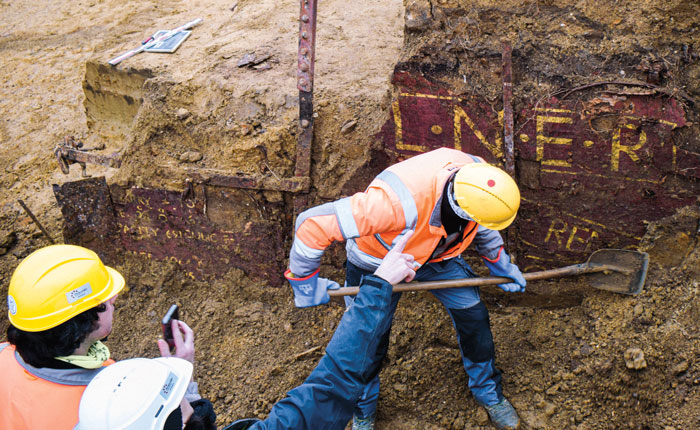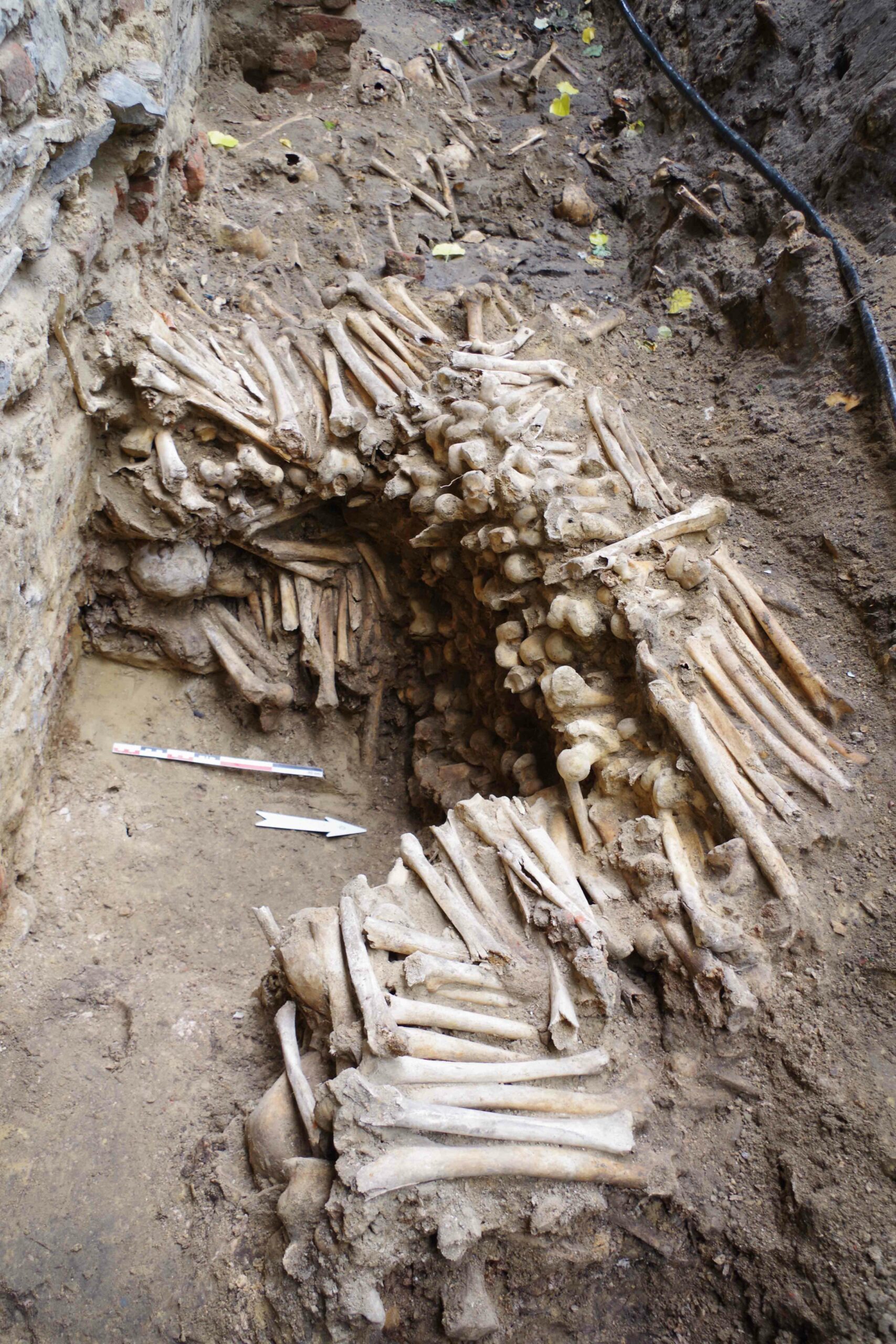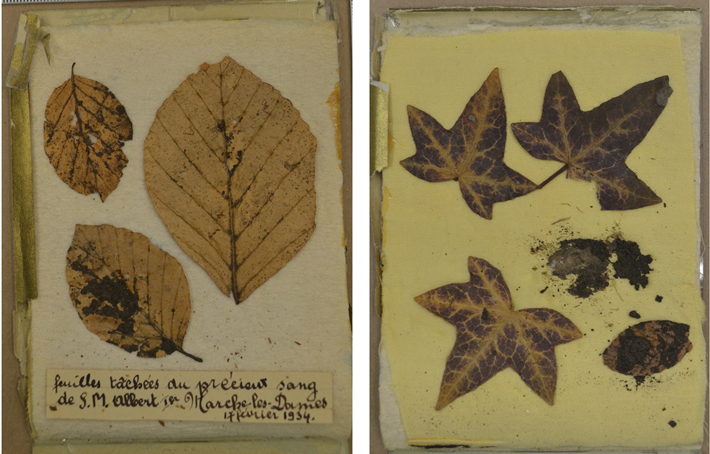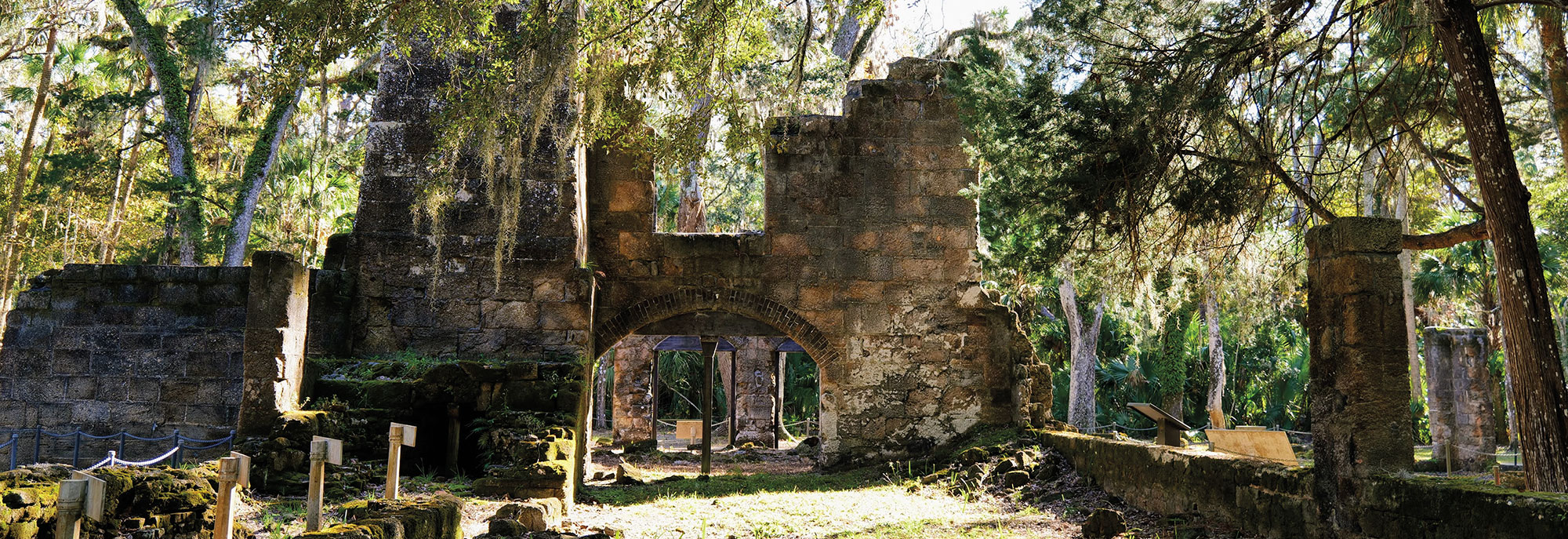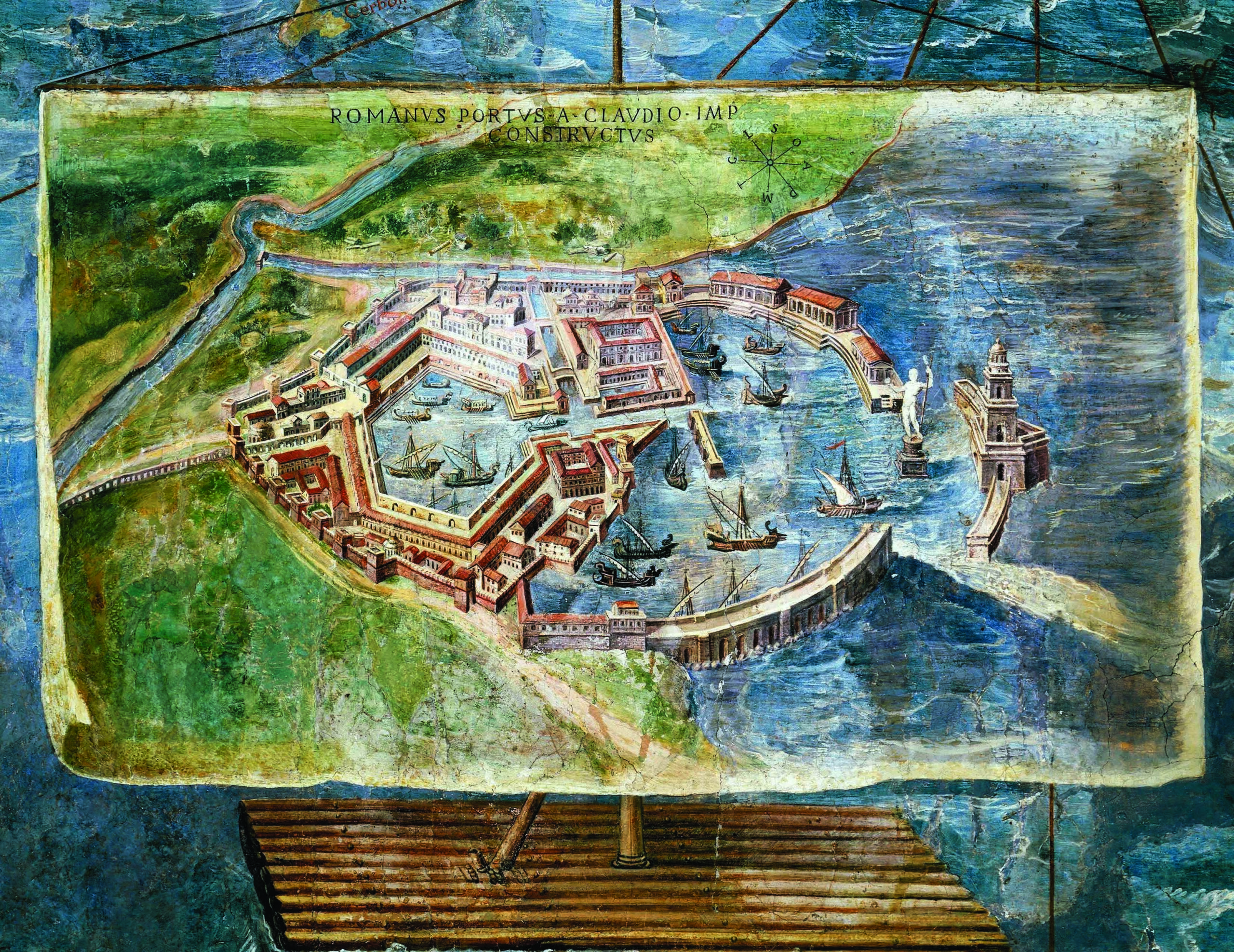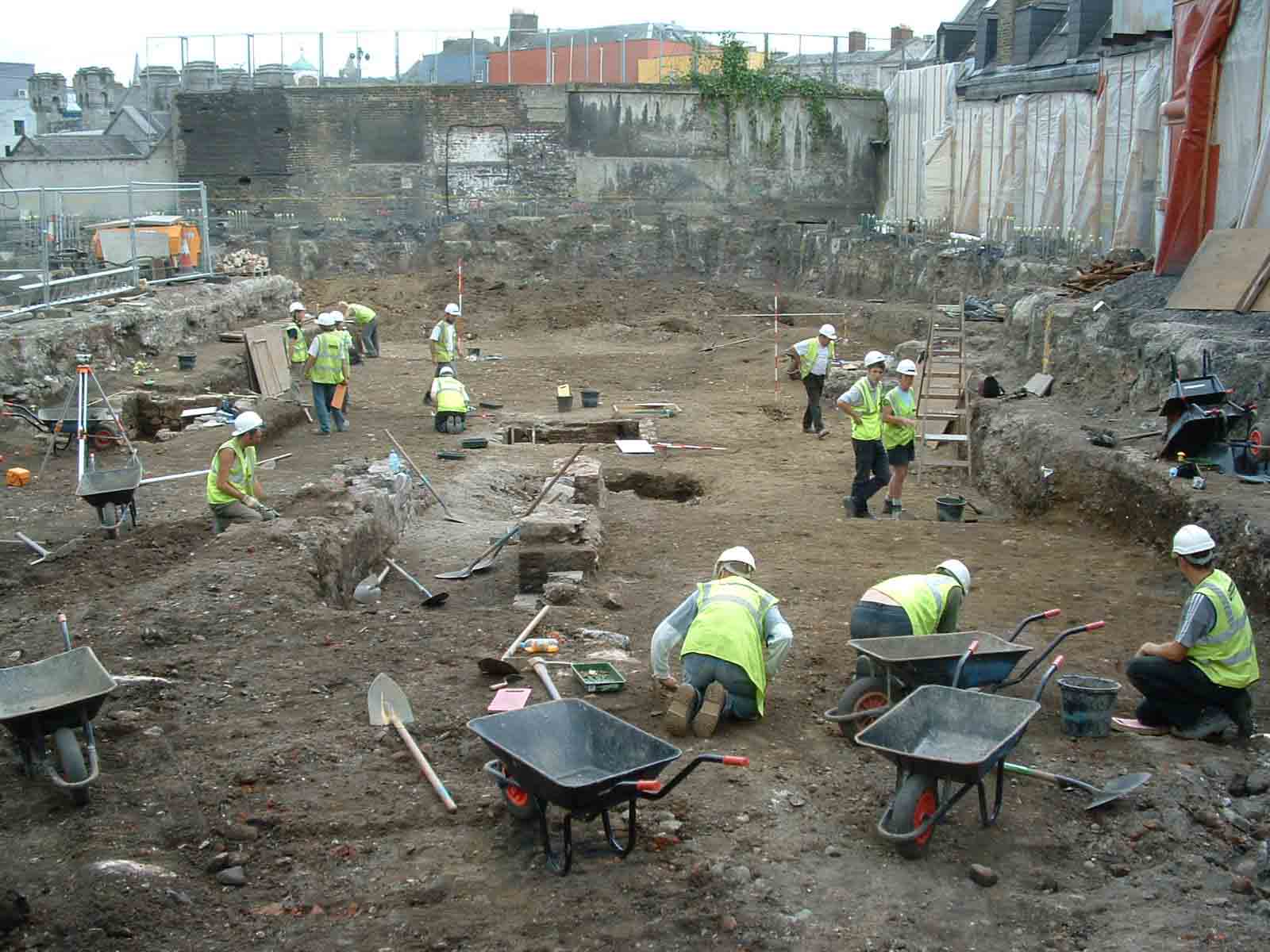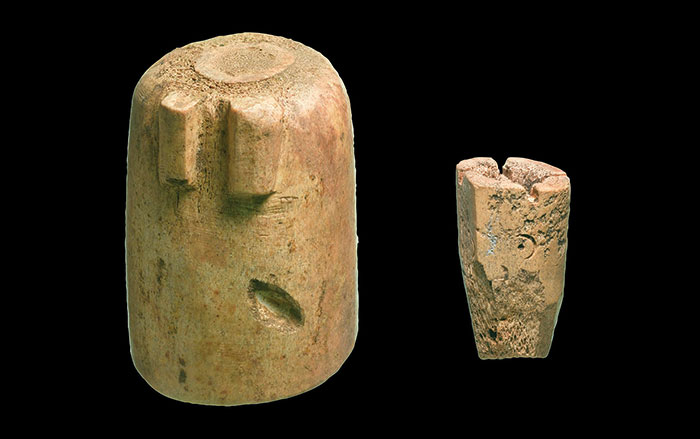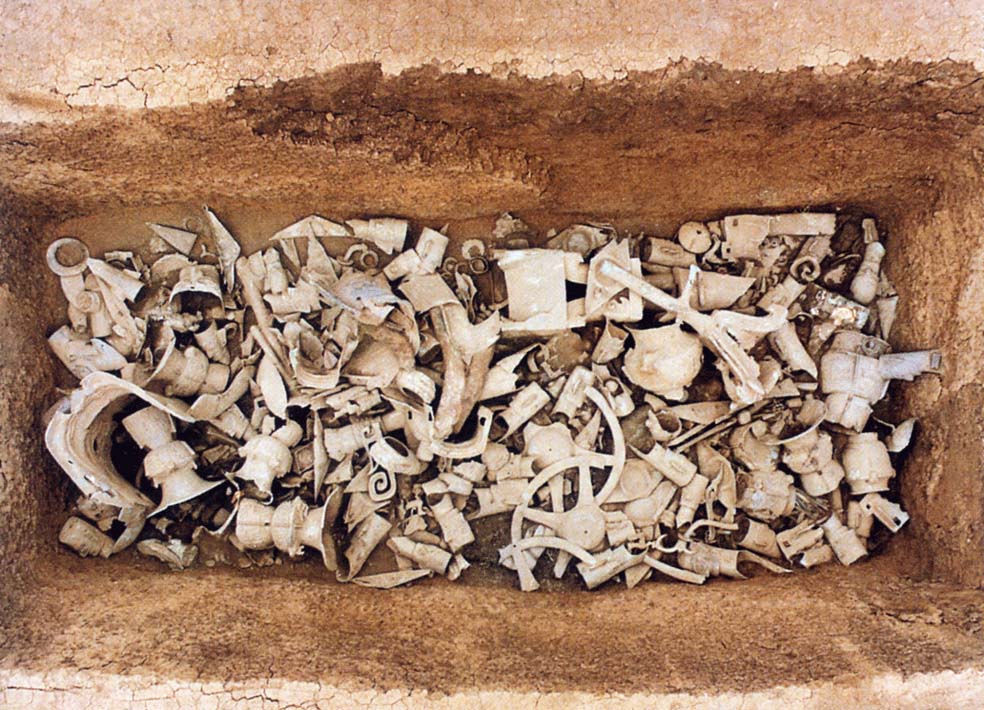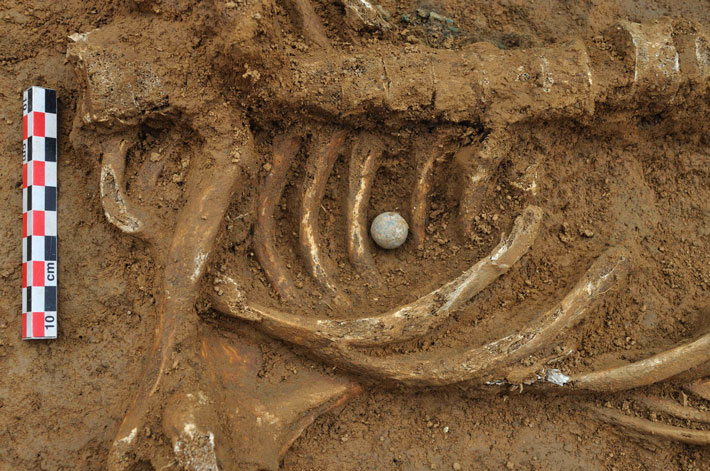
WATERLOO, BELGIUM—Amateur military historian Gareth Glover of the Waterloo Association thinks he may have identified the 200-year-old remains discovered at the site of the Battle of Waterloo in 2012 by archaeologist Dominique Bosquet of the public services department of Walloon. The skeleton, which shows a deformity of the spine, was mostly intact, and had been surrounded by personal effects, including German and French coins, a box lid bearing the letters F.C.B., and a French bullet in the area of the man’s lungs. The body was found 400 yards from the line of battle. Bosquet suggests that the soldier had been carried from the battlefield and was buried with his belongings under a thin layer of earth. “To help a comrade to go behind the lines is like an excuse for a soldier to quit the fight himself,” Bosquet told The Huffington Post. Glover found three soldiers with the initials F.C.B. in the records for the King’s German Legion, made up of German soldiers who fought with the British Army during the Napoleonic Wars. One of them had fought on a different part of the battlefield, and one is known to have died of his battle wounds in Brussels. That left Friedrich Brandt. “I’m excited we’ve been able to identify him, though we’ll never be 100 percent certain it was this chap,” Glover said. For ARCHAEOLOGY's in-depth report on the discovery, see "A Soldier's Story."


